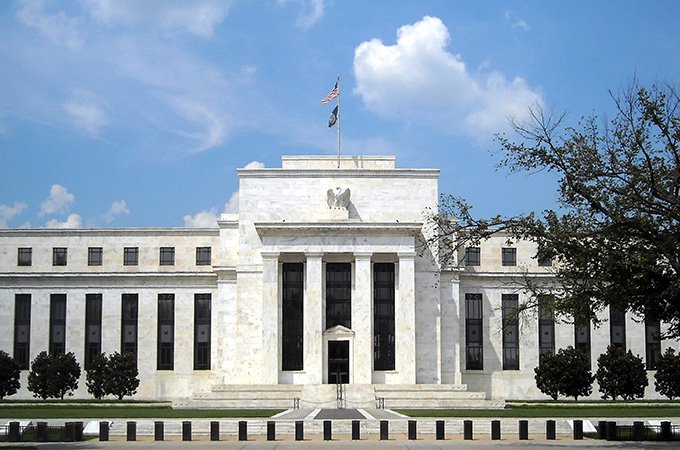
Federal Reserve Emphasizes Need for Stablecoin Regulation and CBDC Research
The recent Economics of Payments XII Conference held by the Federal Reserve in Washington, D.C., shed light on the significant developments in the fintech space, particularly concerning stablecoins and central bank digital currencies (CBDCs). Michael S. Barr, Vice Chair for Supervision at the Federal Reserve, addressed the conference, highlighting the need for regulatory oversight of stablecoins and the ongoing research surrounding CBDCs.
Stablecoins, digital assets pegged to government-issued currencies, have gained traction in recent years, but their operation comes with unique challenges. Barr reiterated the Federal Reserve’s stance that stablecoins need to be regulated. When these assets serve as a means of payment and a store of value, they essentially “borrow the trust of the central bank.” As a result, the Federal Reserve is committed to ensuring that stablecoin offerings operate within a robust prudential oversight framework to safeguard both financial stability and the integrity of the payments system.
In parallel, the Federal Reserve continues to explore the possibilities offered by CBDCs. Barr emphasized that while research into CBDCs is ongoing, no decision has been made regarding their issuance. This research is concentrated on end-to-end system architecture, including the maintenance, security, and verification of digital asset ledgers, as well as tokenization and custody models. The clear message is that the Federal Reserve is open to the potential of CBDCs but will proceed only with clear support from the executive branch and legislative authorization from Congress.
Barr also highlighted the importance of international collaboration and coordination in the field of payments systems. He referenced the G20 governments’ endorsement of a roadmap to enhance cross-border payments, aiming to make them faster, more affordable, transparent, and globally accessible. The Federal Reserve remains dedicated to collaborating with the international community on these initiatives to improve the global payments system.
The address acknowledged the ever-evolving payments landscape and the need for innovation, both in new and traditional payment methods. Barr pointed out that payments innovation should prioritize financial inclusion and accessibility. This includes addressing the often prohibitive costs associated with payment services, which can act as barriers for low- and moderate-income households and small businesses.





